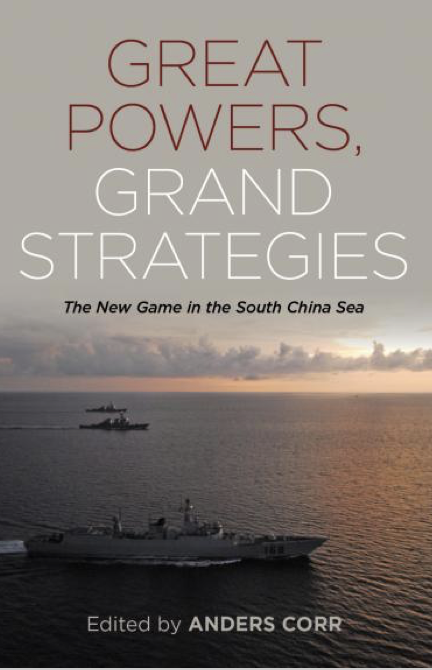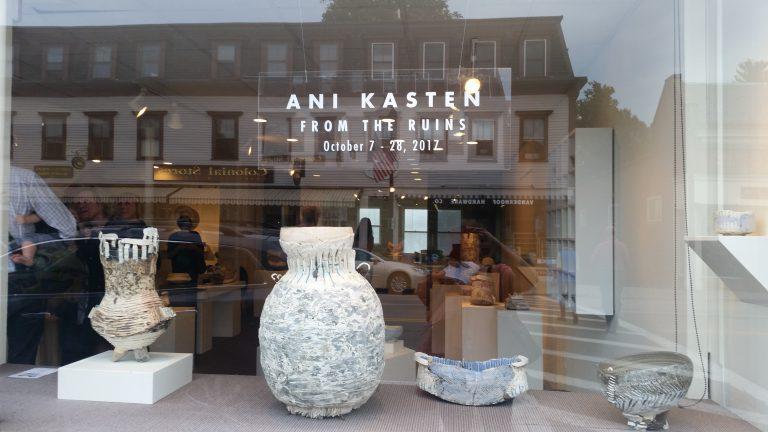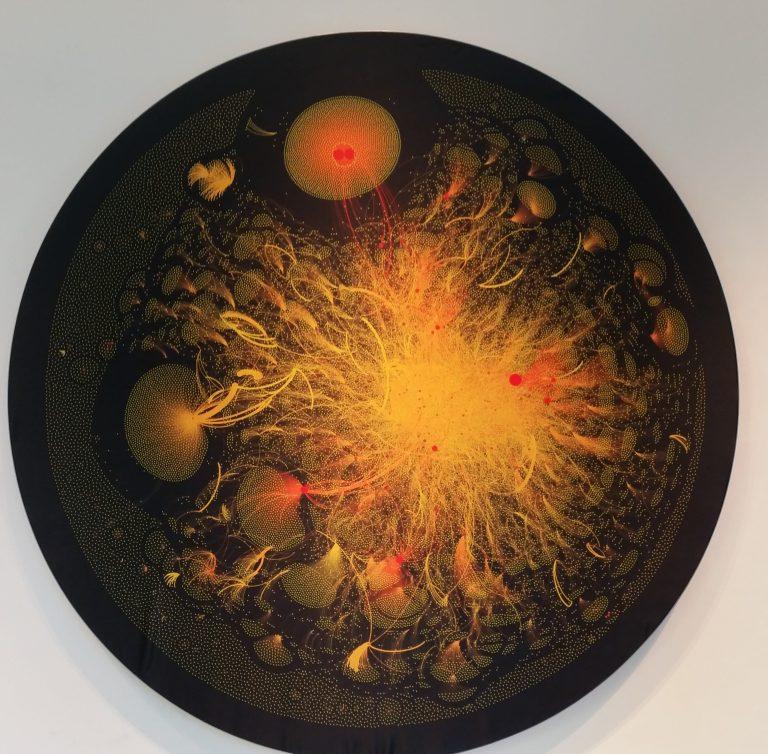Writer Anita Harris enjoyed the spirit and creativity exhibited at the 2018 Women's March in Cambridge, MA....
harris communications group
At a recent MIT/Sloan Management School conference on Health Systems Innovation, MIT-Sloan Professor Retzef Levi laid out...
International communications expert Dick Pirozzolo reviews Great Powers, Grand Strategies, a new book urging that the United...
Writer/photographer Anita Harris found Ani Kasten's ceramics show in Concord, MA, inspirational. Comprised mainly of vessels...
Cambridge writer and photographer Anita Harris was wowed by the new exhibit of arty science images...
Writer and communications consultant Anita Harris asks if Bernie and Phyl's new sexualized furniture ads are a...





